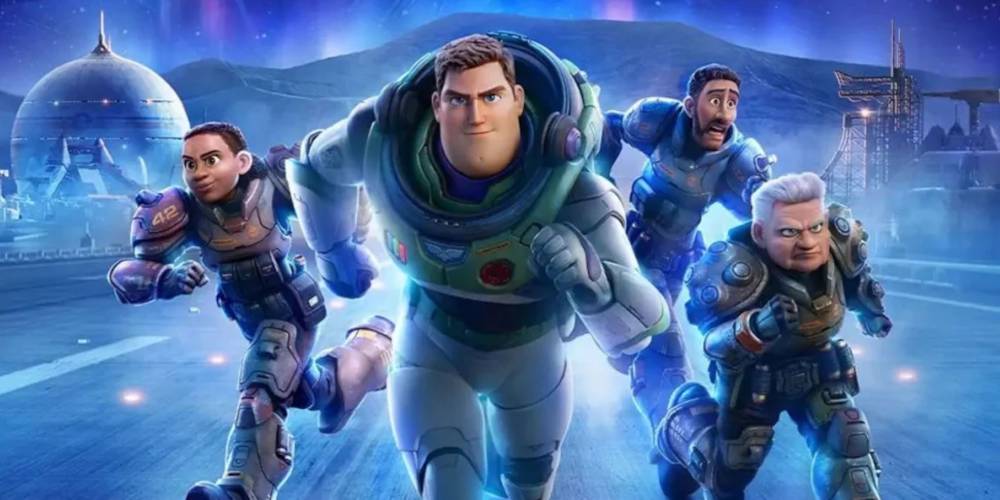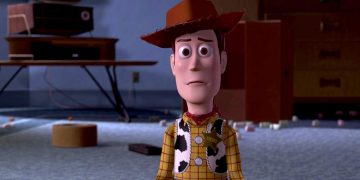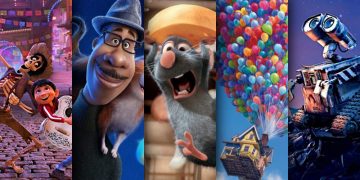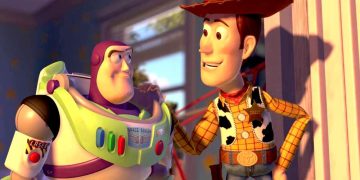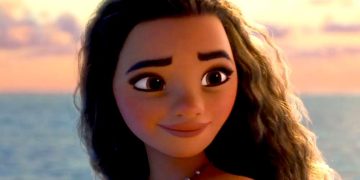Over the years, Pixar has made a name for themselves as one of the single greatest cinema studios in the history of the art form.
The people behind Pixar's most memorable films have generated worlds and produced magic for millions of fans all over the world.
However, in more recent times, Pixar has started to slip. Their projects have lost that special spark that made them stand out in years past.
At one point, Pixar movies were considered must-watch affairs simply because they were made by Pixar. Today, some people still treat Pixar that way—but many others shrug at newer offerings.
So, what's up with Pixar lately? Here are my thoughts on why Pixar's newest movies are underwhelming, where Pixar is going wrong, and whether the magic of Pixar will ever come back.
1. Dwindling Originality
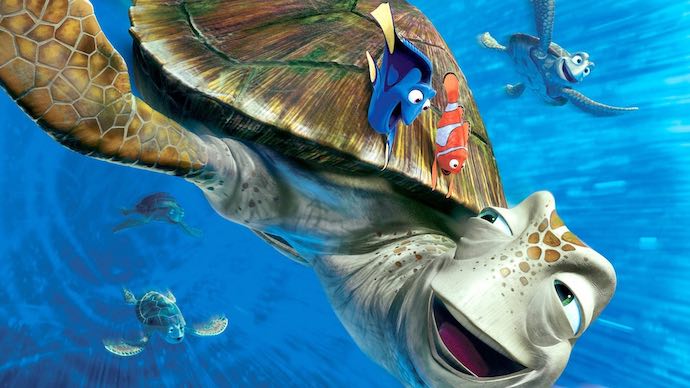
When Pixar started, they gave us the cinema classic world of Toy Story. Sure, their very first project was technically The Brave Little Toaster, but Toy Story was their first feature-length theatrical release.
Toy Story, with its wholly computer-animated frames, changed the world forever afterwards. But it wasn't just a technical marvel—Toy Story had complete, genuine originality.
The Pixar movies that followed Toy Story also had their own original takes: A Bug's Life, Toy Story 2, Finding Nemo, Monsters, Inc. and the rest of the many great Pixar films from that golden era.
These days, that originality is missing from Pixar's output, with many projects lacking that signature twist that audience expect from Pixar.
To be fair, it does come out every once in a while. For example, Inside Out sits high in the studio's all-time list and ought to be remembered as a classic. But for every Inside Out, there's a The Good Dinosaur.
Audiences expect to see something like Finding Nemo whenever they sit down to watch a Pixar film. Entries like Onward, Luca, and Lightyear don't have the creative twists that Pixar was once known for.
2. The Pixar Spark
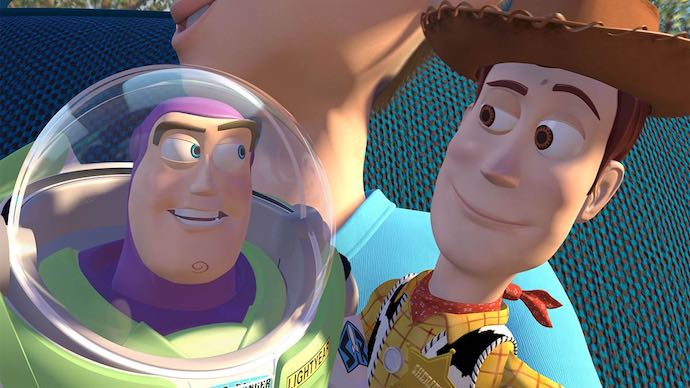
Pixar always had a certain style, a spark that made everything they produced stand out in the animated crowd.
Even when Disney started pursuing computer animation themselves, there was still a huge difference between what the studios released. Pixar had a distinct ingredient that no one else had: imagination.
Pixar's spark seems to be flickering. That extra layer of creativity, that deeper consideration for themes and connections, is fading.
Why? In my eyes, it could be due to two factors.
First, the law of Hollywood applies: the more you produce, the more likely one will eventually be a dud. As of this writing, Pixar has released 26 films—it's unreasonable to expect all of them to be smash hits.
But that seems like a cop-out for a studio of Pixar's caliber. Given a large enough timespan, it's entirely possible to put out 26 incredible films that are each as great as the one before it.
Perhaps it comes down to the second factor, which is that Pixar is now releasing movies too frequently—either not giving each film's concept enough time to germinate into something truly great, or not willing to cull weak ideas in pursuit of greater output.
Between Toy Story and Up, Pixar released an average of one movie every two years. Since Up, Pixar has released an average of one-to-two movies every year. It's hard to be next-level creative on a time crunch.
Either way, what can't be denied is this: the magic dust Pixar used to sprinkle over all of its movies has dried up considerably.
3. Disney's Influence
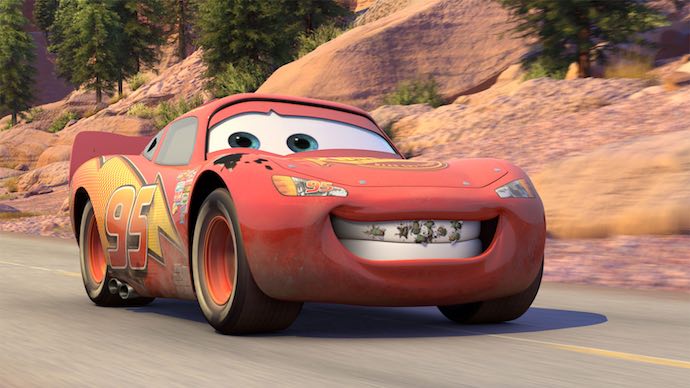
Neither Pixar nor Disney has really been willing to openly discuss how much control and influence Disney has over Pixar's output.
Of course, Disney always speaks publicly to how they allow Pixar to get on with whatever they're doing without oversight, but that sounds rather suspect from a business perspective.
It's true that Disney bought Pixar over 20 years ago, that the same people who started Pixar continue to run it today, and that Pixar has produced plenty of fantastic films under Disney's ownership.
But a few years ago, wholesale changes occurred within Disney, and it's hard to believe those changes haven't impacted Pixar.
Those changes were primarily driven by the removal of animation chief John Lasseter—who stepped down in 2018 due to reports of misconduct—which left a void that needed to be filled.
In his place, Pixar veterans Pete Docter (Monsters, Inc., Up, Inside Out) and Jennifer Lee (Frozen) stepped in. However, directorial success doesn't always translate into smart creative direction on a higher level, and it's clear that their vision is affecting Pixar's modern output.
4. John Lasseter
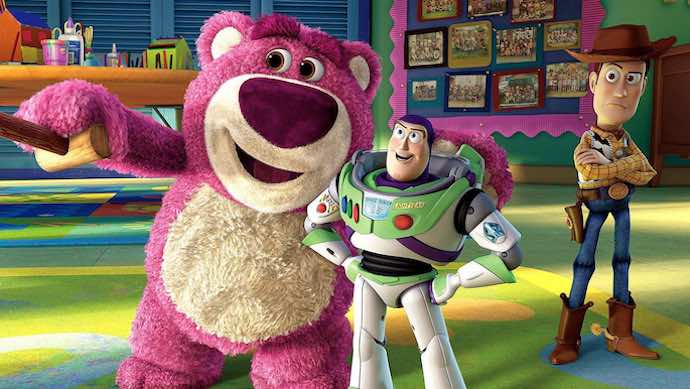
John Lasseter wasn't just one of Pixar's founders and most celebrated individuals. He was an industry titan, an animation genius who rose to become head of Disney's entire animated output.
This is the man who created Toy Story and built Pixar—with the help of Steve Jobs' money—from the ground up.
When he was hired by Disney to sort out its animation studio, his decisions brought the Mouse House back into relevance, with the likes of Tangled and Zootopia developed under his watch.
And when John Lasseter was accused of misconduct by several members of staff, he rightfully stepped down. It was the correct moral decision for the company, but Disney lost Lasseter's standards of imagination.
Since his departure, Disney and Pixar have struggled to live up to Lasseter's standards and it seems that the bar for greenlighting a project has dropped considerably. Without Lasseter's keen eye, the ideas, premises, and concepts out of Pixar have grown lazy.
Just as Lasseter rejuvenated Disney's stale animation, his departure has sucked out a lot of the creative energy that Pixar was once known for, and even Pixar's greatest veterans can't fill his shoes.
5. Rehashing Old Ideas
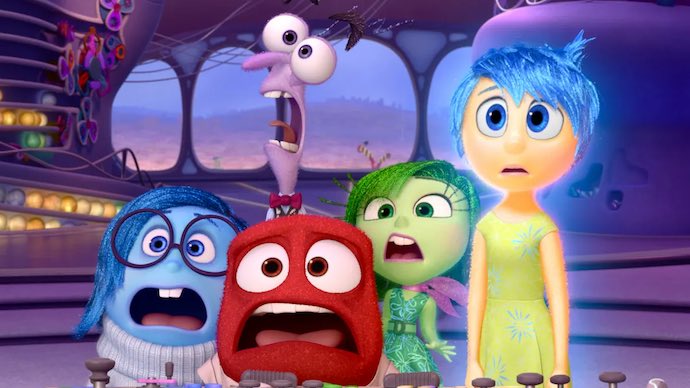
It's not just that Pixar's new IPs are stale in creativity—it's that Pixar seems to be leaning more into sequels now.
To be fair, sequels aren't inherently bad. After all, the Toy Story franchise is overall excellent (if you ignore Lightyear), and it's proof that more of the same doesn't always have to mean unoriginal.
But on top of Toy Story 2, Toy Story 3, Toy Story 4, and Lightyear, Pixar has also produced Cars 2, Cars 3, Incredibles 2, and they're working on yet another sequel in Inside Out 2. That's 8 sequels in 26 films.
If it's hard for Pixar to make their new IPs feel fresh and unique, how much harder is it to make sequels feel like more than just old plots rehashed? In some ways, these sequels feel like cash grabs.
It's as if a single blueprint has descended over Pixar to make their movies uniformly similar, and this uniformity has peeled back the veneer to expose the truth of Pixar films: same burger, different wrapper.
Getting out of this rut might be tougher than expected for the once-great animation studio, and doing so might require a complete rejuvenation from the ground up—much like what John Lasseter did to Disney when he ushered in Disney's Revival Era.
